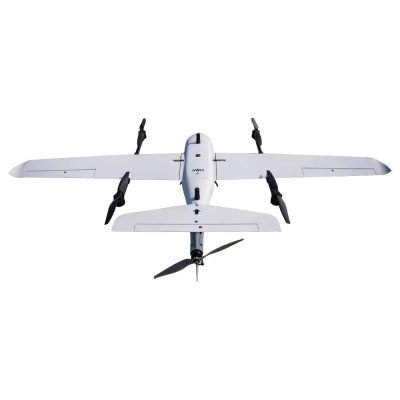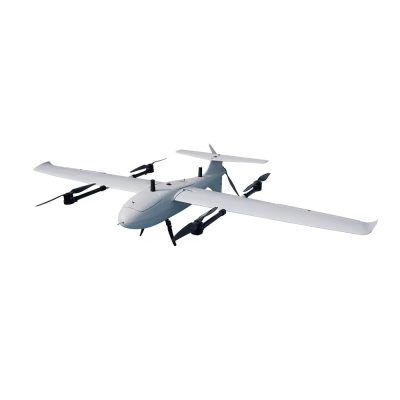Introduction
Flying RC airplanes is a thrilling hobby that combines precision, skill, and creativity. One of the most exciting aspects of this hobby is performing aerobatic maneuvers. Aerobatics involves executing complex flight patterns and stunts, showcasing your piloting skills. In this blog post, we’ll provide tips and techniques to help you master RC airplane aerobatics and elevate your flying experience.
1. Understanding Aerobatic Maneuvers
Before diving into advanced aerobatics, it’s essential to understand the basic maneuvers:
- Loops: A loop is a circular maneuver where the airplane flies in a vertical circle. Start by gaining altitude, then pull back on the elevator to initiate the loop.
- Rolls: A roll is a 360-degree rotation along the airplane’s longitudinal axis. Apply aileron input to roll the airplane while maintaining altitude.
- Immelmann Turn: This maneuver combines a half-loop with a half-roll, resulting in a change of direction. Climb into a half-loop, then roll the airplane upright at the top.
- Cuban Eight: This maneuver forms a figure-eight pattern in the sky. Begin with a 45-degree climb, perform a half-roll, then complete a half-loop. Repeat in the opposite direction to complete the figure eight.
2. Pre-Flight Preparation
Proper preparation is crucial for successful aerobatic flying:
- Check Your Equipment: Ensure your RC airplane is in good condition. Check for loose components, secure all screws, and verify the control surfaces are functioning correctly.
- Battery and Fuel: Make sure your battery is fully charged or your fuel tank is adequately filled. Aerobatic maneuvers can quickly deplete power resources.
- Trim Adjustments: Perform a pre-flight trim check to ensure your airplane flies straight and level without input. Proper trim settings make aerobatics more manageable.
3. Aerobatic Techniques
Executing aerobatic maneuvers requires practice and precision:
- Smooth Inputs: Apply control inputs smoothly and gradually. Abrupt movements can lead to loss of control and unstable flight.
- Maintain Altitude: Focus on maintaining consistent altitude throughout the maneuver. Use throttle and elevator inputs to correct any deviations.
- Practice with a Simulator: Use a flight simulator to practice maneuvers in a risk-free environment. Simulators help improve muscle memory and refine your technique.
- Start with Basic Maneuvers: Begin with basic maneuvers like loops and rolls before progressing to more complex stunts. Mastering the basics builds a strong foundation for advanced aerobatics.
4. Safety Considerations
Safety should always be a priority when performing aerobatics:
- Fly in an Open Area: Choose a large, open field with minimal obstacles. This provides ample space to recover from mistakes and prevents accidents.
- Know Your Limits: Understand your skill level and avoid attempting maneuvers beyond your capabilities. Gradually increase the difficulty as you gain confidence.
- Have a Spotter: Fly with a spotter who can help monitor your airplane and surroundings. They can provide valuable feedback and assistance in case of emergencies.
Conclusion
Mastering RC airplane aerobatics takes time, practice, and dedication. By understanding basic maneuvers, preparing your equipment, and practicing with patience, you can develop the skills needed to perform impressive aerobatic stunts. Remember to prioritize safety and gradually progress to more advanced techniques. With persistence and a passion for flying, you’ll soon be executing aerobatics with confidence and precision.








